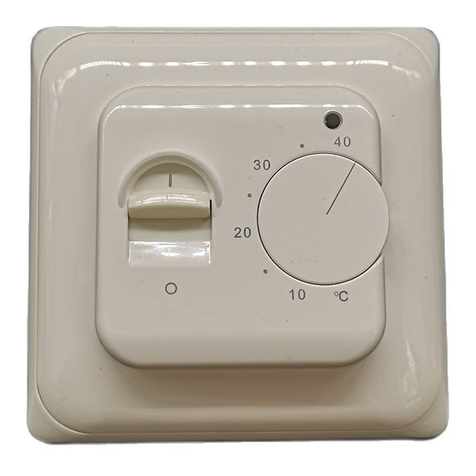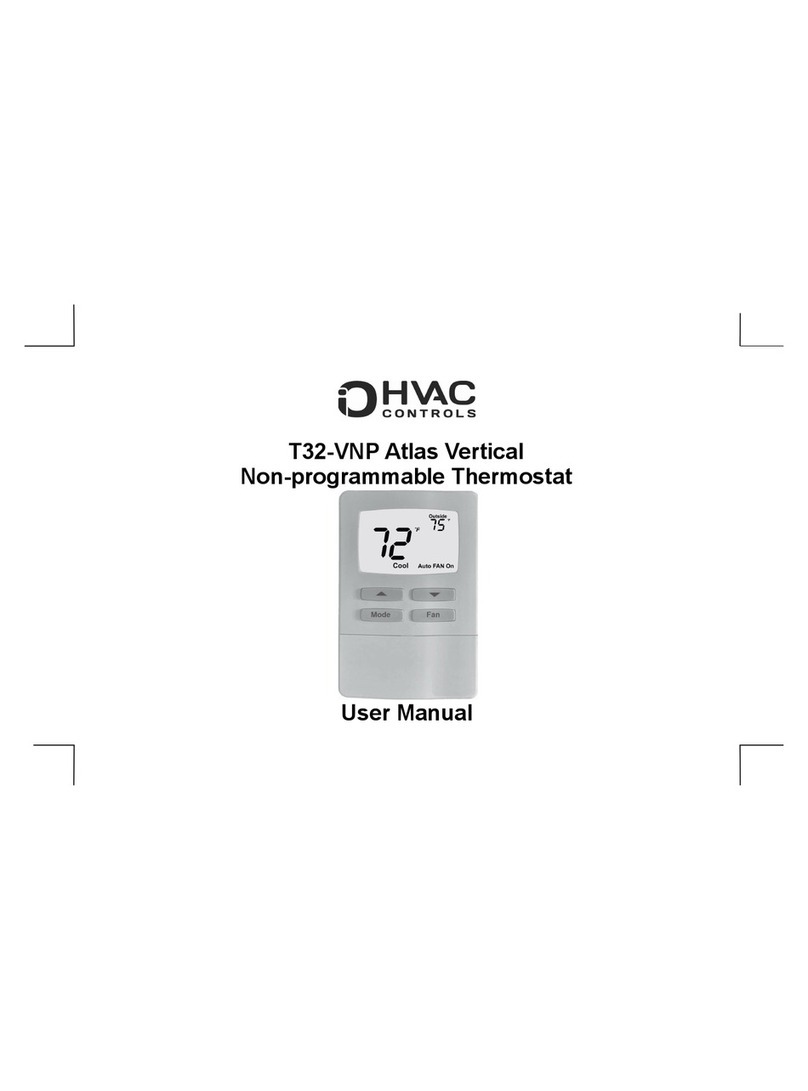
TABLE OF CONTENTS
Installer Setup Menu ......................................................................................................18-25
Entering the Setup Menu.....................................................................................18
Selecting Mode....................................................................................................19
Selecting the Cooling Setpoint Limit....................................................................19
Selecting the Heating Setpoint Limit....................................................................19
Selecting First Stage Differential .........................................................................20
Selecting Second Stage Differential ...................................................................20
Selecting Third Stage Differential .......................................................................20
Selecting Demand Staging or Locked Staging ...................................................20
Internal Sensor Calibration .................................................................................21
Compressor Protection .......................................................................................21
Selecting Low Balance Point Option....................................................................21
Selecting High Balance Point Option...................................................................22
Selecting Fahrenheit or Celsius...........................................................................22
Selecting Audible ON/OFF...................................................................................22
Selecting Fresh Air Ventilation ............................................................................23
Selecting Fresh Air Ventilation Low Temperature Limit.......................................23
Selecting Fresh Air Ventilation High Temperature Limit ......................................23
2





























